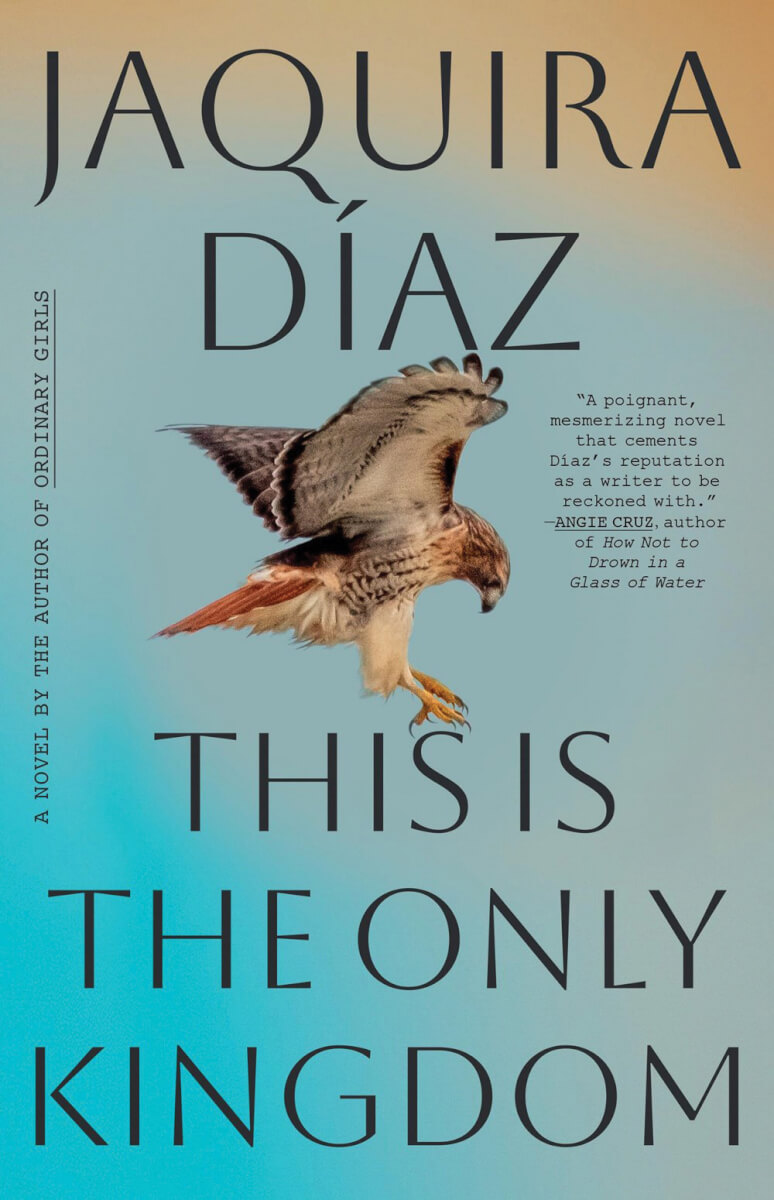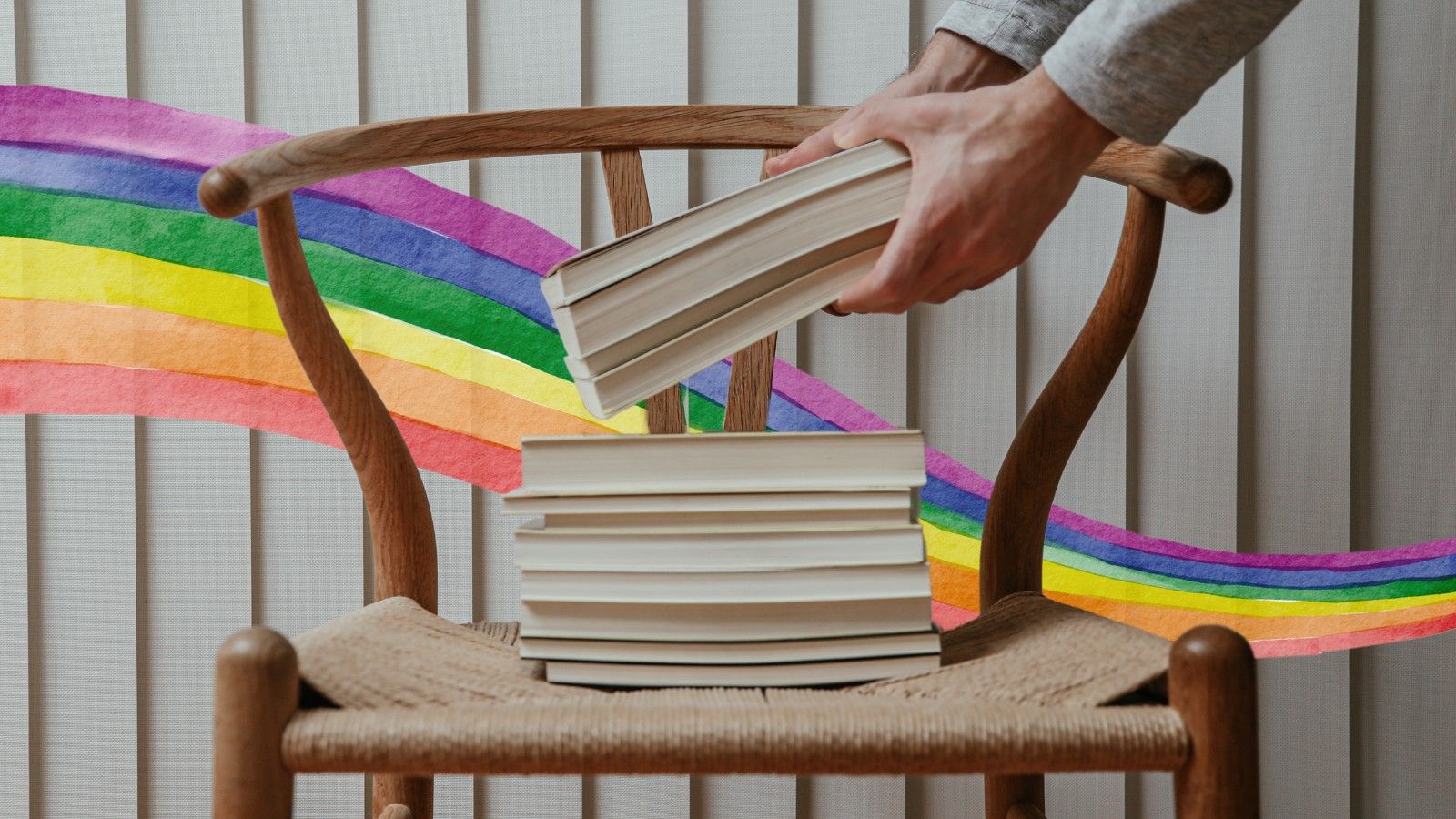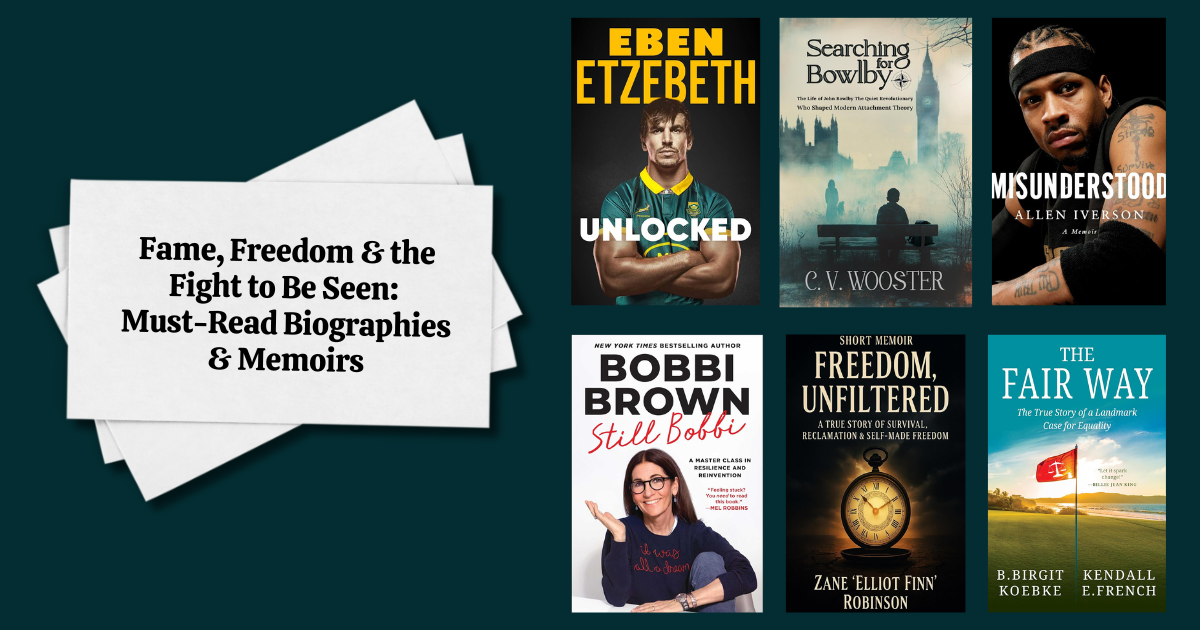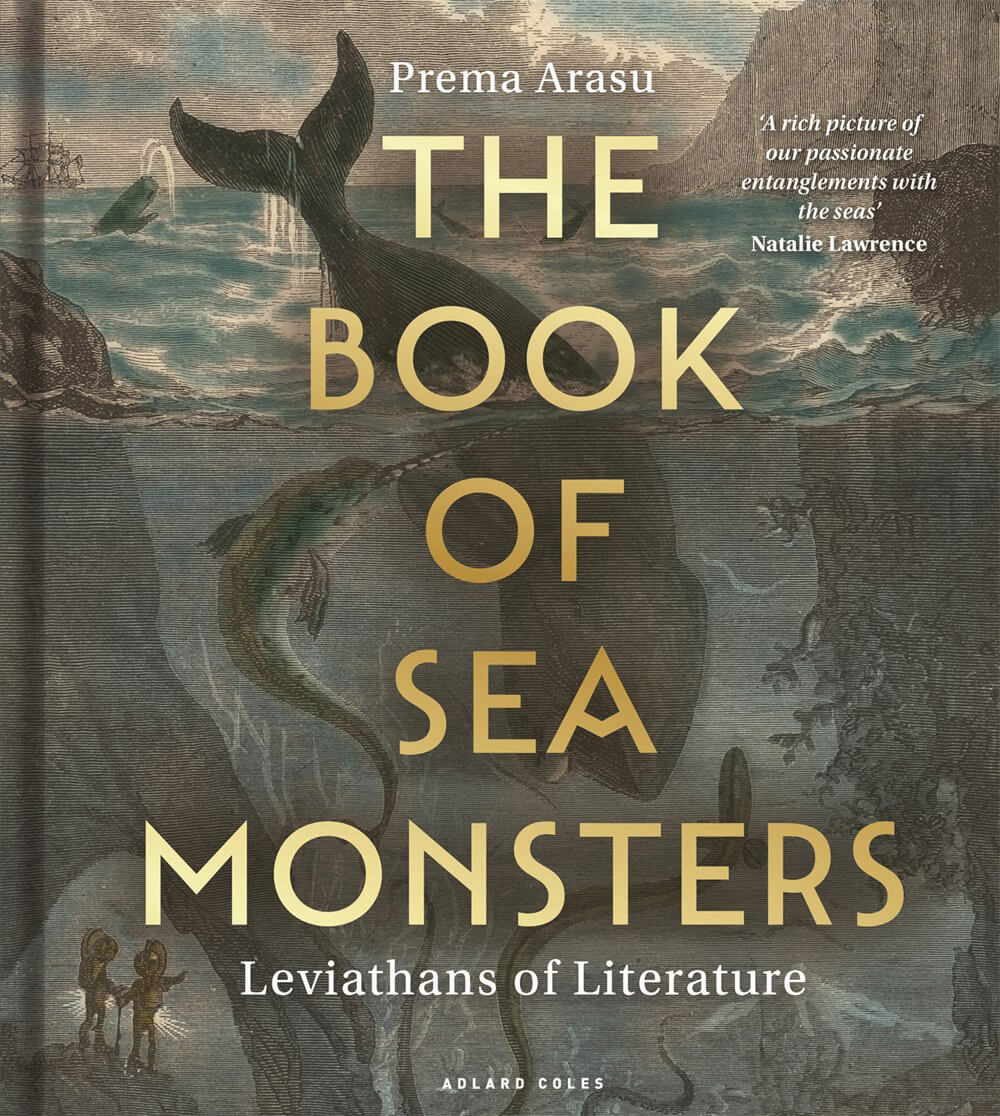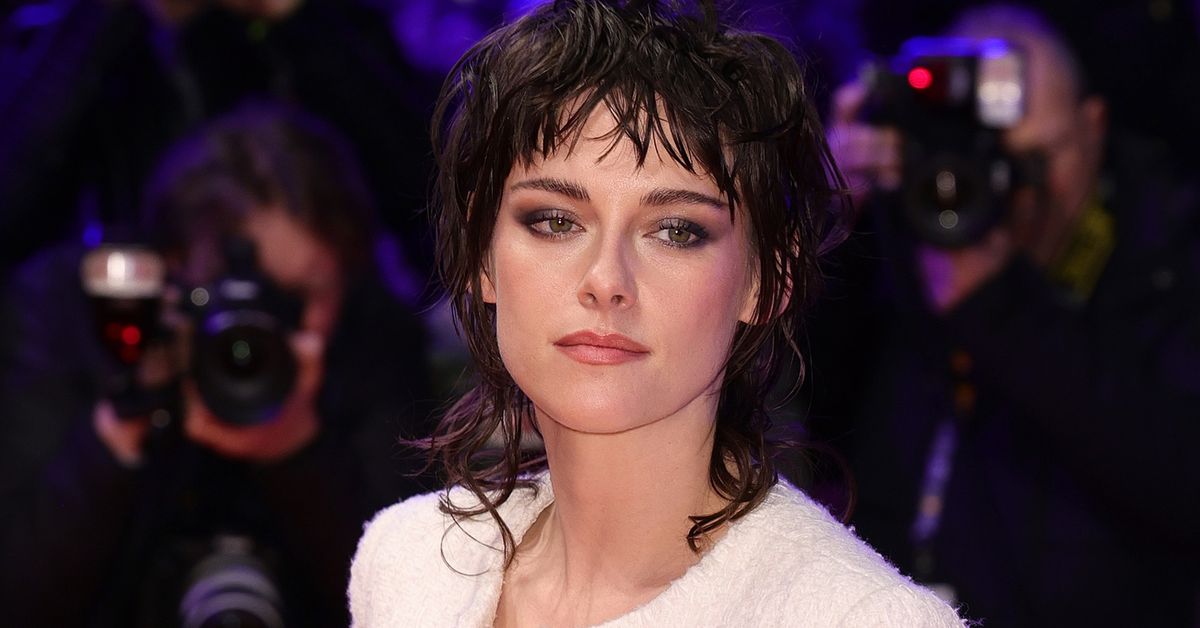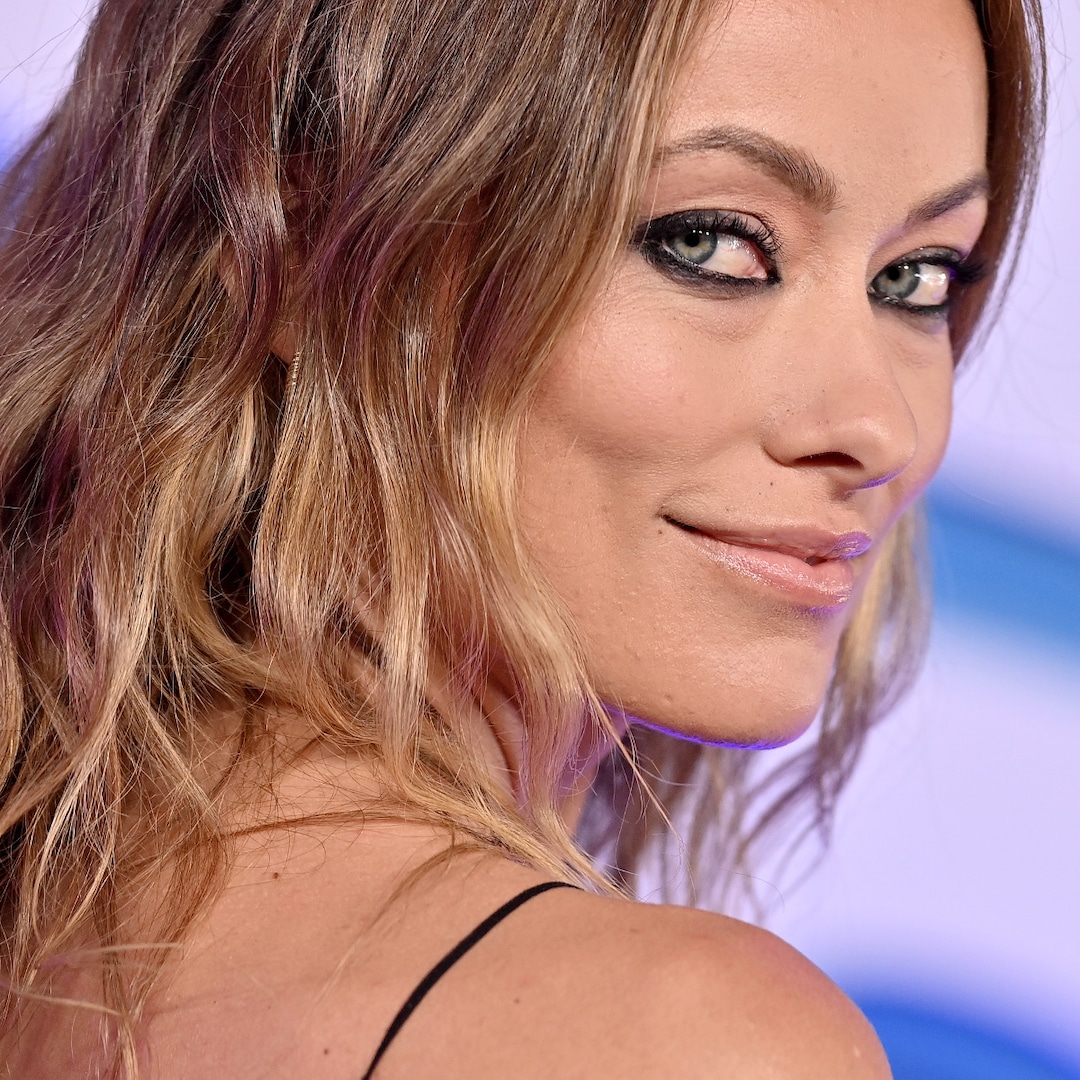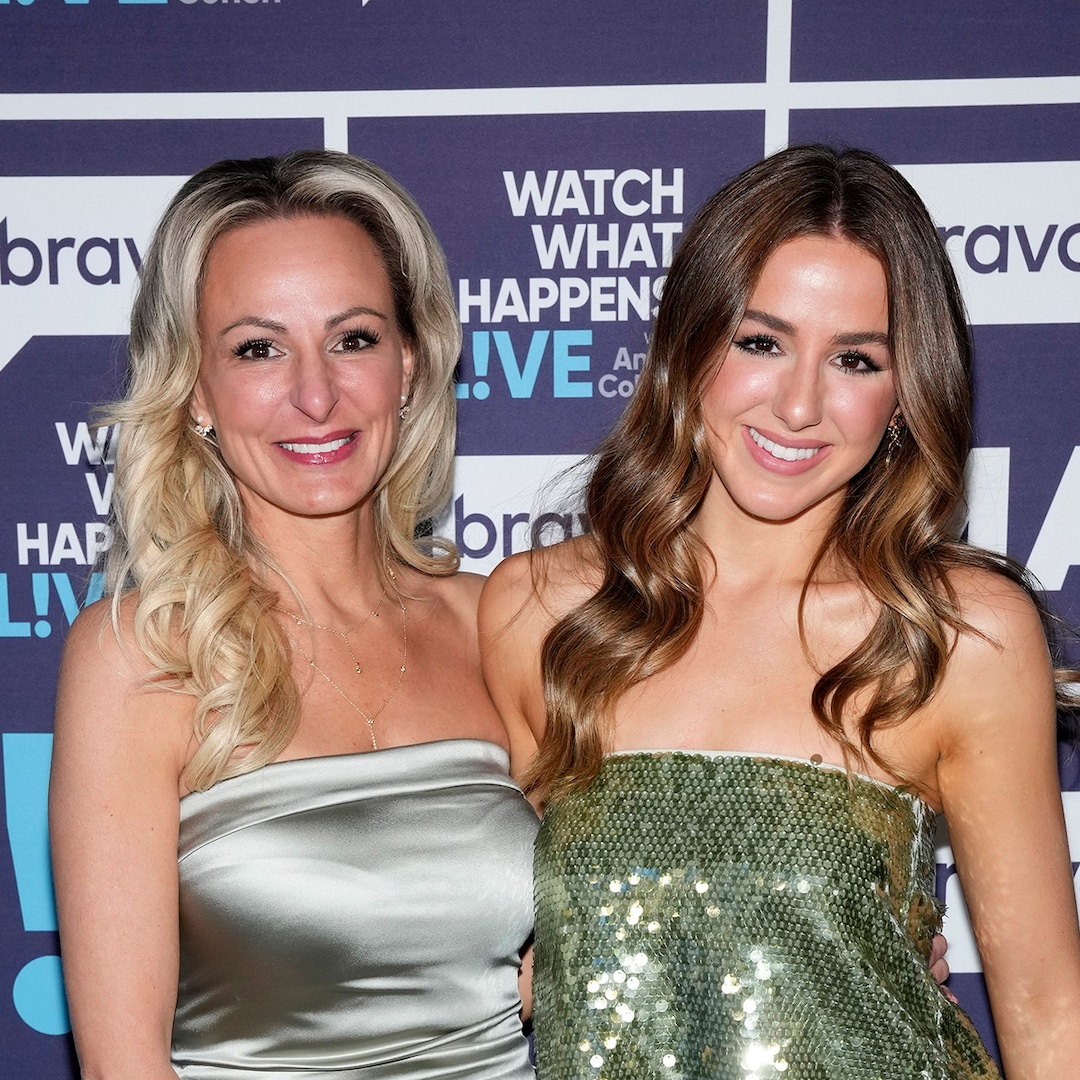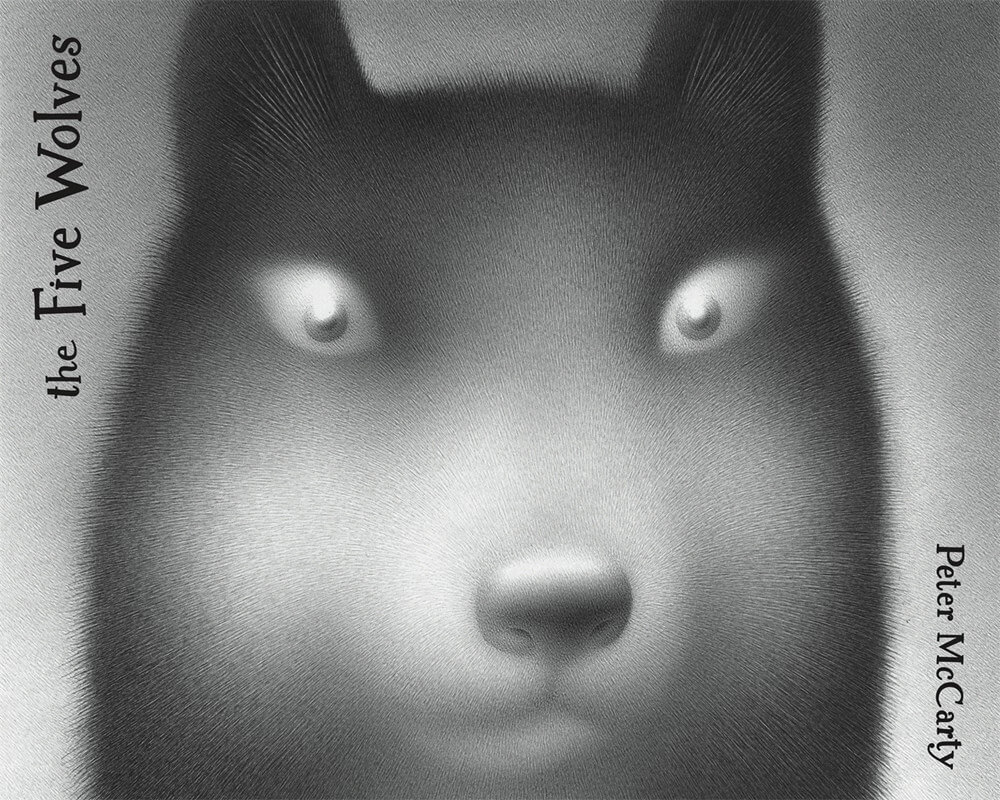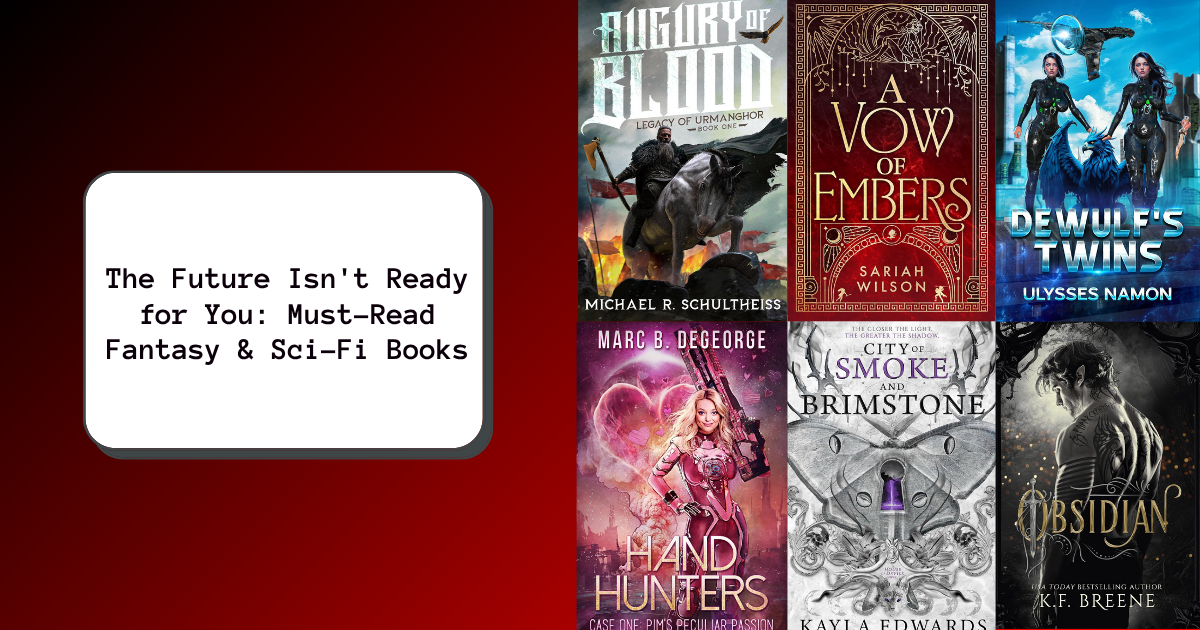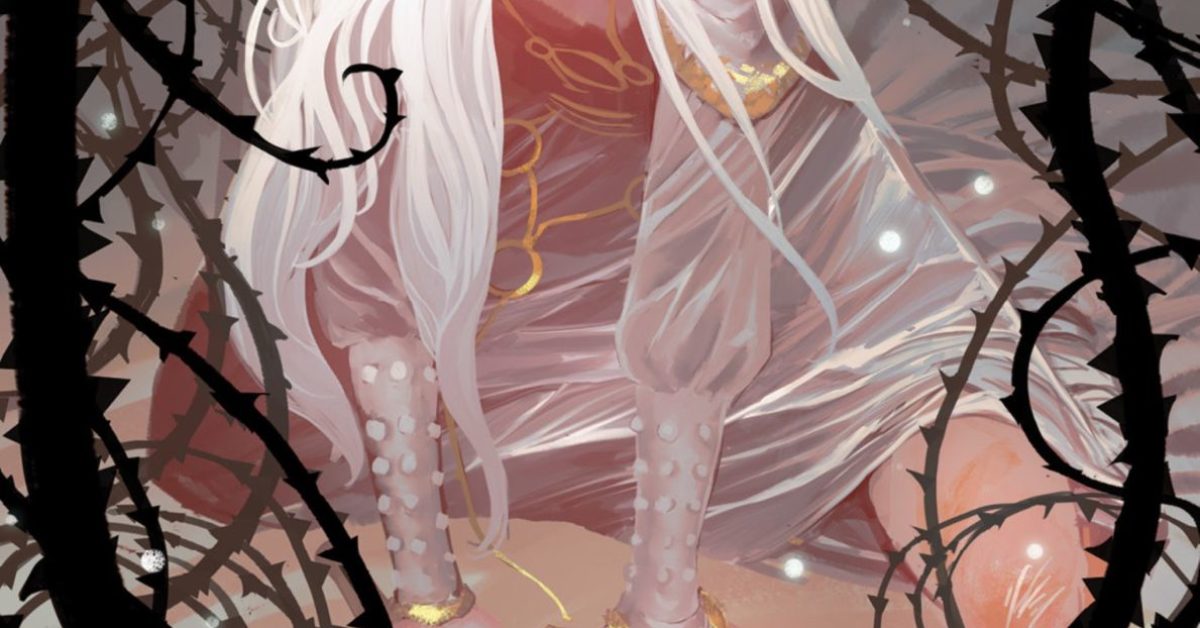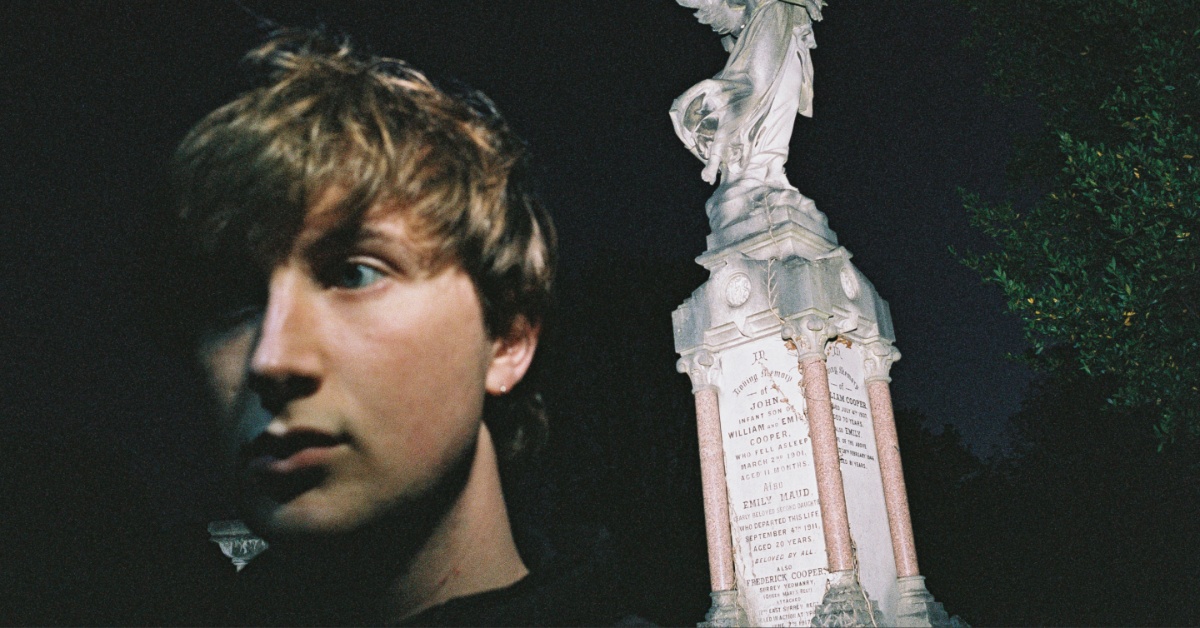To hear young adult novelist K. Ancrum speak about her work is like stumbling upon a rare illuminated manuscript. The text itself stands alone as a beautiful and precious thing—but its marginalia reveal secret paths to new lenses through which to view the world. It’s like swimming after Ariel into her grotto of treasures, spinning in wonder as the shelves of fascinating whosits and whatsits extend beyond your line of sight.
Though Ancrum claims to be “a little bit precious when it comes to over-analyzation of what [she’s] doing” as an author, she is also visibly excited to delve into the intricate web of what makes an Ancrum book tick. She is an academic and a Tumblr kid, as giddy discussing Sherlock Holmes analysis as she is Marvel fanfiction.
Ancrum mainly writes contemporary stories, but there is a sense of something timeless underlying her writing. “I consider everything that I write to be a parable,” she says. “My dogma as a writer is that I’m very focused on ‘the idea of,’ as opposed to ‘the story of.’ ”
However lofty this approach may sound, it does not detract from the potency—nor the sense of humor—of her stories. Ancrum does not wield the lessons she hopes to convey like a cudgel, nor does she expect adherence to one way of thinking. Rather, she offers stories of real people with real feelings, creating a treasure map to truth.
Like Ancrum’s other novels, such as Icarus, The Corruption of Hollis Brown, features characters that feel familiar and real before you even get to know them. On its surface, it’s a queer love story between 17-year-old Hollis and Walt, a long dead ghost who’s taken possession of Hollis’ body. Her inspiration? The Tom Hardy superhero movie Venom. Ancrum says, “I saw it in the theater, and people did not like it. I thought it was delightful.”
Based on the Marvel comic of the same name, Venom follows an investigative journalist who becomes symbiotically bonded with an alien life form that takes over his body. Though initially at odds, the pair decide to remain together and spend their shared life fighting crime. “I was like, ‘I’m gonna write about that.’ Like, a divinity in the very act of being known,” says Ancrum.
“The ultimate declaration of love would be if somebody is able to see all of the parts of you, and you are unable to hide anything—not stuff that you think is embarrassing, not your dark, sticky secrets, not your weaknesses—and they’re like, ‘Ehh, this is fine. Don’t worry about it,’ ” she says, laughing. “It’s what I imagine—as a Catholic—it would feel like to be face-to-face with God.”
On her website, Ancrum says her novels are a way for her to focus“ on the preservation of the queer experience,” and are “designed to showcase important lessons about queer community, the resolution of generational trauma, and queer resilience.”
Ancrum worked on her first published novel—the critically acclaimed The Wicker King—in her early 20s. Now 33 and publishing her sixth book, she says, “I’ve been out for a very long time, and I’ve spent a lot of time looking at the history of LGBTQ+ acceptance here in this country. I noticed that it very much does a crest and valley sort of thing.”
She continues, “When I decided to start actually taking [writing] seriously and going into publishing, I was like, if I’m given the rare opportunity to write mass media for my marginalized group, I want it to be able to take care of us during those valleys. So when I’m writing for the children of today, I’m also writing for the children of a future that may be worse than the present.”
Ancrum came of age in the early 2000s, an era that she describes as a “very isolated” one for queer people. This is reflected in her work, which Ancrum says is coming “from the perspective of somebody who was forced to . . . understand their own desire and understand what love means for them by themselves.” Even today, she says, “we live in a world of a thousand legends to teach us what heterosexuality is. . . . With queer content, there isn’t much of it. So it forces introspection.”
At one of the book’s pivotal turning points, Walt expresses fear at how the world at large will perceive him and Hollis—“We’ll be a monster,” he says. And without missing a beat, Hollis replies: “We’ll be something new.” With Hollis and Walt, Ancrum invokes “the grotesque,” the longstanding artistic descriptor for subjects that evoke wonder, fear, fascination, revulsion and awe all at once, often involving hybrid creatures or metamorphosis. “The grotesquerie can exist in an environment that is designed with love to support that difference—the grand queer metaphor,” Ancrum says, almost cheekily.
But Ancrum’s stories are never about just one thing. “The Corruption of Hollis Brown is ultimately about American resilience,” Ancrum says. “And it is about this very specific kind of small American town where everyone is equally socially impacted by economic devastation, where there’s only one place to work and that place no longer existing is so devastating that it almost feels biblical.” This is the case for the unnamed Michigan lake town where Hollis lives, which, like many Rust Belt cities, has existed in a liminal space between survival and success for generations, an all too familiar situation that Ancrum says is “one of the ultimate heartbreaks of the American dream.” A place of “powdered eggs, canned chicken, penny-pinching, crust-saving,” its insular and close-knit families are figuratively haunted by the specters of crumbling, abandoned neighborhoods and factories, as well as literally haunted by the ghosts from the nearby settlement of Rose Town, which was abandoned in the 1940s. Yet many people still decide to stay and fight for their friends and future. That faith in your community being able to find its way is what Ancrum hopes to underline.
While this is a ghost story, it’s also about a “love that is foundational and has allowed for these communities to exist for years and years.” Ancrum explores not only the love between Hollis and Walt, but also the different types of love that exist among the characters surrounding them, such as Hollis’ relationships with his best friends, Yulia and Annie. In her books, Ancrum presents an aspirational vision of platonic intimacy that shows characters aside from the romantic leads frequently touching, entirely comfortable with physical closeness. Hollis and his friends hold hands and play with each other’s hair for the sole purpose of expressing affection, because Ancrum believes “that’s the way people want to feel with their friends,” even if this kind of physicality in non-romantic relationships is rare in reality.
Often, this level of touch is used by other authors to build romantic or sexual tension, so Ancrum needed to “create a new language of intimacy” when differentiating the relationships in her novels that do escalate into romance. Often, she’ll focus on specific gestures, such as locking pinkies or holding a cigarette to someone else’s mouth, and amplify their descriptions to build “an expression of . . . true love” that distinguishes the bond between her romantic leads.
According to Ancrum, fully understanding intimacy requires one to realize it’s about more than just sex. One way to think of it is the common experience of being drunk in college, throwing up violently and having someone to take care of you: “It’s like, yes, I feel horrible, but also there’s somebody here to hold my hair back.” She considers this level of human connection to be “the primordial intimacy,” stemming from “the way that we probably were during the proto-hominid era, with the fear of the dark, the intimacy of a shared space and silence” It’s the juxtaposition of loneliness and interrelatedness that the first humans to watch the stars must have experienced.
Ancrum’s novels achieve their distinct atmosphere because they take that prehistoric sense of isolation, and mix in platonic connection, “the gut viscerality of intimacy” and the “language of romance.”
“This is all that we are,” Ancrum says, describing not only her book and its combined layers of queerness, love and community; but also the universe. “The only thing we have is each other.”
For Ancrum, building connections with others is “our birthright.” She feels “that we were designed for pleasure and love, and the ability to create it in a communal way—safety and love and all of the stuff that allows us to be human—is something that was inherent for us and is a gift.”


